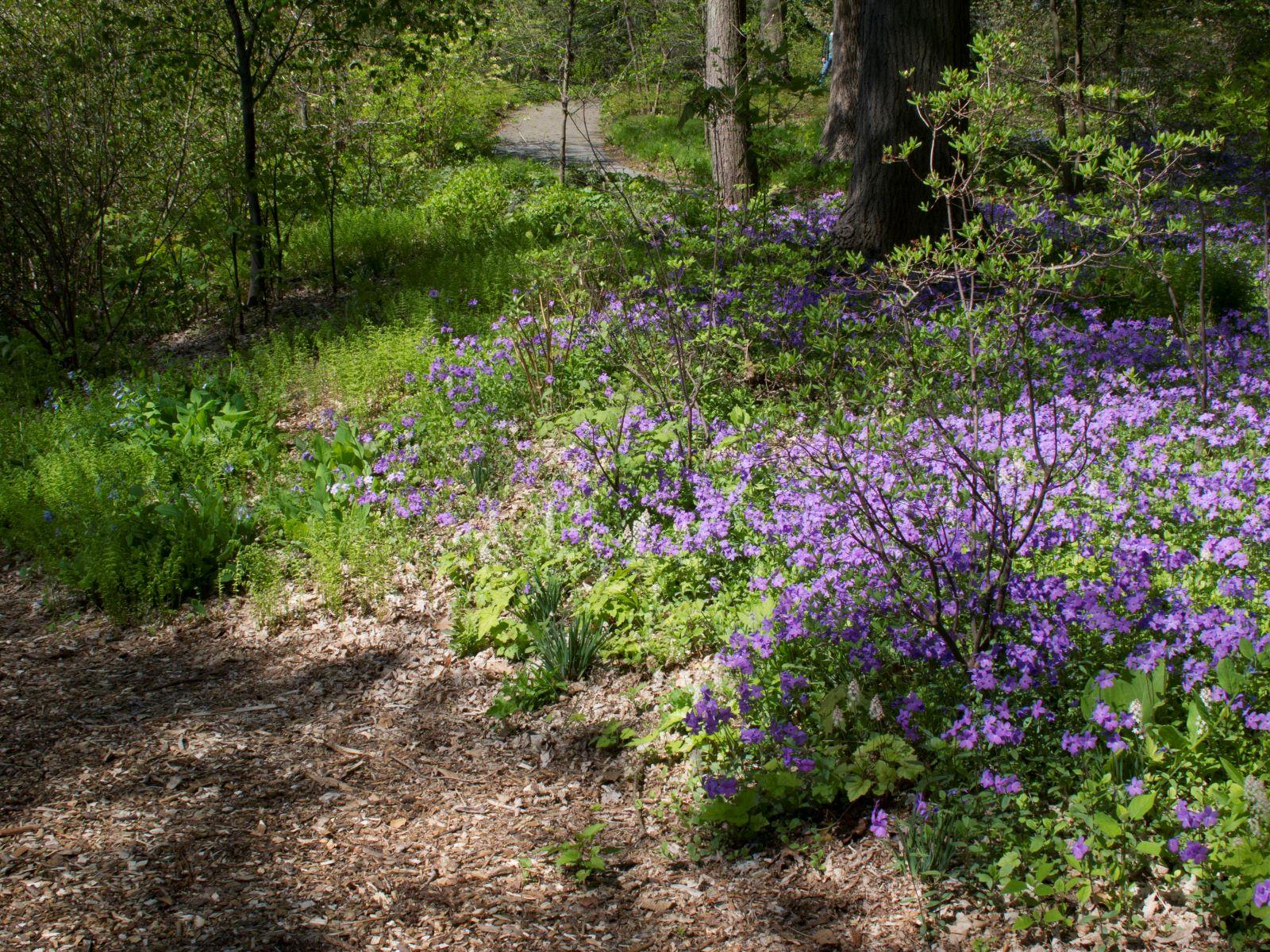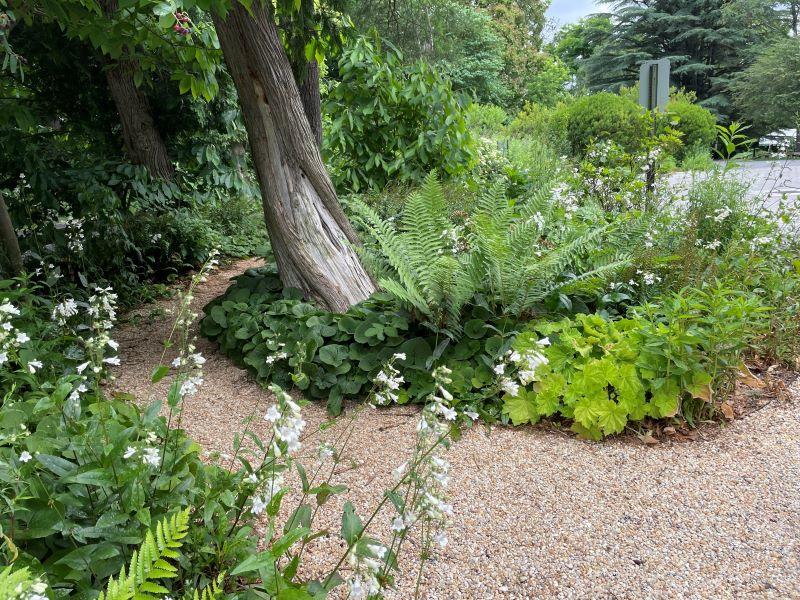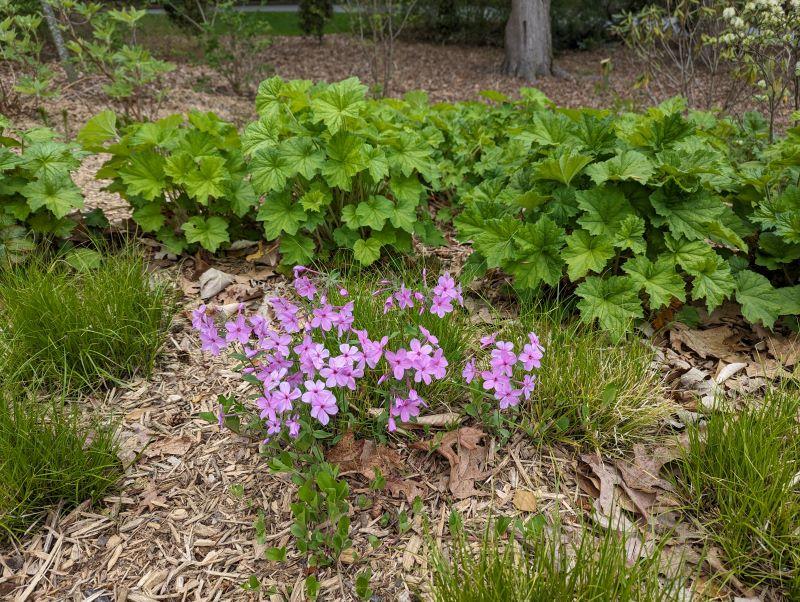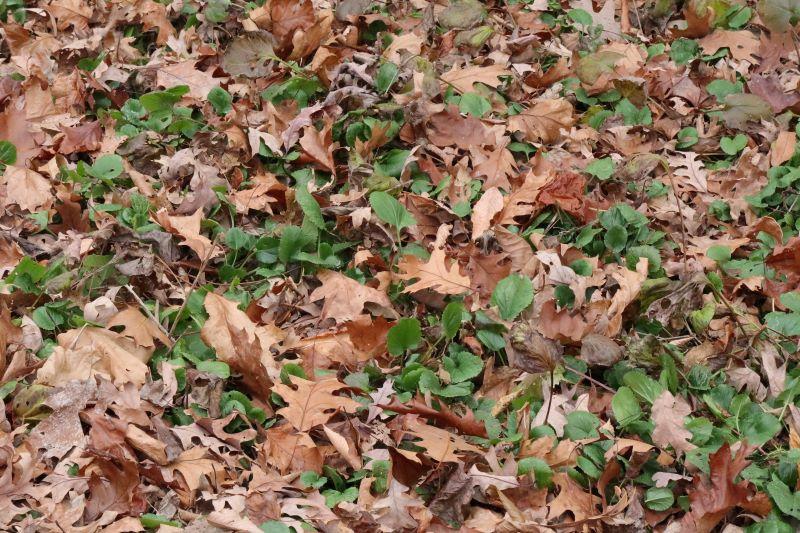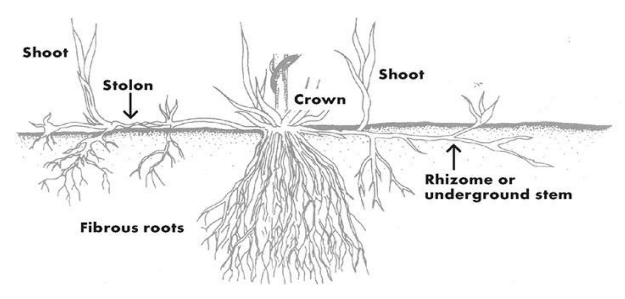Uses and benefits of groundcovers
Covering exposed ground with plant growth as a “living mulch” provides multiple benefits:
- suppressing weeds by outcompeting them for resources like light, moisture, and nutrients
- controlling erosion and reducing runoff pollution by slowing stormwater and holding soil in place
- enriching habitat by increasing plant diversity and providing resources for wildlife
- enhancing a garden’s aesthetic value by providing additional seasons of color, texture, or fragrance
- substituting lawn in conditions not suitable for turfgrass and in areas too awkwardly-shaped or too small to mow or maintain
How to select groundcovers
A wide variety of plant species can be used as groundcovers. Most are chosen for their sprawling, spreading, or creeping growth habit and relatively short mature height.
Work with your existing site conditions. Success is more likely when you choose plants that suit the current site conditions, instead of trying to change conditions to meet the needs of particular plants.
For example, an area that tends to stay damp can be planted with species tolerant of wet soils, rather than attempting to improve drainage using soil amendments, regrading, or altering drainage patterns of the landscape around it.
